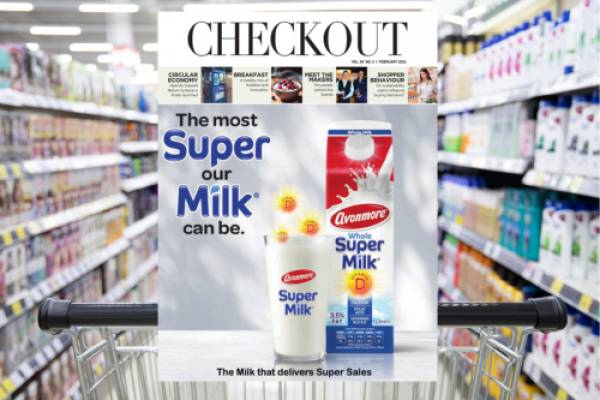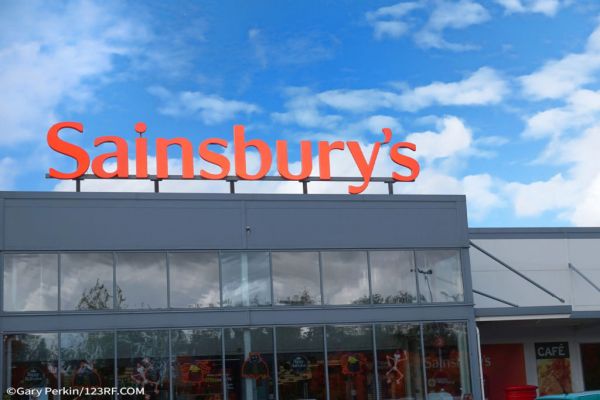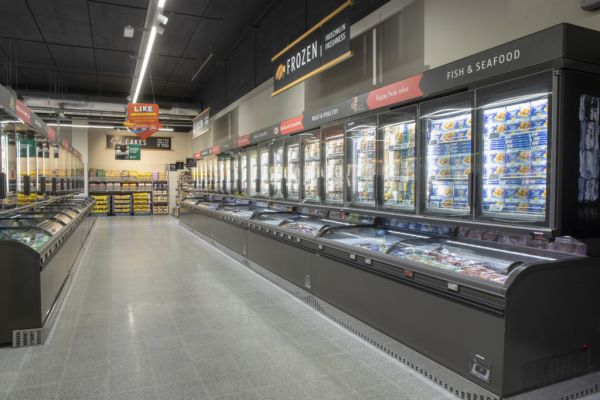With around half of Irish shoppers now owning a smartphone, compared to just 9% in 2010, Nevan Reily examines how technology is set to shape the way we shop at a global level.
Faced with an increasingly competitive marketplace, retailers are always looking to sharpen their competitive edge. The most striking trend in Ireland and Europe at present seems to be occurring in the context of online shopping channels.
According to a recent study by KPMG, 60% of Irish consumers are more likely to buy books and CDs online than in-store, compared with 55% elsewhere in Europe and 48% worldwide. Even in the food and grocery category, 24% of Irish consumers surveyed are now more likely to shop online than in-store, highlighting yet another challenge facing traditional retailers.
The development of contactless payment has also taken the online shopping experience in-store, to a certain extent. Contactless payment allows shoppers to pay at unmanned paypoints via their smartphones or tablets. This is made possible through the emergence of near-field communication (NFC) technology.
This technology allows consumers to complete a transaction simply by placing their device in front of a transponder at the retail POS. NFC technology stored on the phone interfaces with the POS terminals to initiate the transaction. NFC technology relies on short-range radio to send and receive data to and from mobile devices. Soon, NFC technology could also be used to detect when shoppers enter a store by reading their loyalty card or NFC-enabled smartphone. Shoppers could be notified of special offers, and new products likely to appeal to them (subject to their agreement, of course) and guided to the parts of the supermarkets likely to be of most interest.
Whether Ireland is ready for such technology remains up for debate. Both Musgrave and BWG have made great strides in embracing contactless payments, with separate programmes developed in conjunction with Visa Europe. But according to a recent Consumer Intelligence study by Empathy Research for Checkout’s Retail Intelligence newsletter, less than a third of consumers (30%) are aware of what contactless payments actually are. The survey of 1,017 individuals found that awareness of the technology was significantly higher among males (41%) than among females (20%), while more than a third (37%) of 25- to 34-year-olds were aware of the technology, compared to just 19% of 18- to 24-year-olds and 30% of those aged 45 and over.
However, when asked whether respondents would ‘feel confident’ availing of contactless payment services in-store, 45% said that they would, with males (56%) displaying higher confidence levels than females (36%).
With this in mind, contactless payment systems aren’t likely to see wide-scale adoption in 2012, but experts predict that NFC technology will come as standard on all smartphone devices by 2015. This is explored in a new report from MarketResearch.com, entitled Near Field Communication Market: Global Forecast & Analysis (2011-2016). In 2011, only 5% of mobile phones were NFC-enabled. The report estimates that in the coming five years, this figure will rise to approximately 46%. As greater numbers of NFC products become available, consumers will see the growth in areas such as retail, ticketing and ‘smart advertisement’ applications.
Retail Investment
Planet Retail, meanwhile, notes that many in the industry see card-based purchasing as a stopgap until the smartphone is fully integrated into the process. Almost one quarter (23%) of UK high-street retailers are looking to invest in technology and integrate more mobile payment methods in the next 12 months, according to an annual report from Virgin Media Business. One third (32%) believe the majority of their revenue will be driven via the smartphone in the next decade. The survey of 5,000 businesses by LM Research found that 21% said that they needed more Wi-Fi in stores to provide innovative sales offers and marketing promotions to customers, with 14% looking to invest in more applications. Meanwhile, 22% of respondents are recognising the value in offering NFC contactless payment methods, and a further 14% of large retailers are planning to invest in virtual shop windows, which allow passers-by to scan a quick response (QR) code on their smartphones and make a purchase without entering the shop.
Supplying The Consumer
In a December 2011 report, market analysts IMS Research tracked the numbers of NFC devices manufactured globally. According to IMS estimates, manufacturers including Samsung, Research in Motion, Nokia, and HTC shipped 35 million NFC-enabled devices in 2011. Sales of NFC handsets in 2012 will reach nearly 80 million, an increase of 129% on last year, the firm predicts. The report highlights the launch of Google Wallet in the US in September as a major driver of NFC development, along with the French government’s funding of NFC payment efforts in cities such as Paris, Bordeaux and Nice. France Telecom’s Orange network predicts sales of nearly 500,000 NFC-enabled handsets in France by the end of the year, while Orange UK and Barclaycard’s contactless payment operation, with participation from merchants including Boots, McDonald’s and Pret A Manger, is also helping to drive interest in using NFC-enabled phones, the firm noted.
Joachim Pinhammer, senior retail technology analyst at Planet Retail, sees the growth and development of NFC-enabled devices as a major threat for store hardware vendors. Products initially developed for the consumer market, such as smartphones and tablet PCs, have started to replace retail-specific hand-held devices and POS systems in bricks-and-mortar outlets.
In August 2011, American home-improvement chain Lowe’s began a roll-out of 42,000 iPhones to employees at its stores across the US. These devices are replacing existing handsets designed to scan items, search and track inventory, order products online and access production information.
European Approach
European retailers have also come to realise the advantages of this approach. German retailer Metro Group distributed iPads to its management team and was the first retailer to enable shoppers to self-scan items using iPhones. Utilising software such as VeriFone’s Payware Mobile Enterprise for Tablet, retailers are able to transform an iPad into a mobile POS. These tools are eating into the share of traditional POS hardware deployment even further.
Here in Ireland, ADM Londis recently revolutionised the way it does business, incorporating a cloud-based infrastructure to create more intelligent solutions for wholesaling and retailing. Its ISIS ordering portal, launched last year, provides retailers with access to real-time data about a store’s stock, relevant promotions and how to improve the marketing mix. Londis supplied each of its retailers with an iPad in order to integrate the technology at store level.
Pinhammer believes that the success of mobile in retail will continue without challenge for a number of reasons. Firstly, people have become accustomed to the simple user interface and convenience of the devices and will look for the same expediency in the workplace. Secondly, apps can be developed very quickly, with more and more professional applications available through browsers. Thirdly, specialist companies have started to develop accessories to enhance the devices for professional use. And finally, smartphones and tablets are much cheaper than retail-specific systems – keeping an iPad spare in the event of a failure is likely to be less expensive than forking out the maintenance costs for a POS system.
Pinhammer does not, however, believe that POS hardware will disappear from checkout zones in a few years, particularly in grocery retail, where traditional checkouts have a long shelf life. He does advise manufacturers to prepare for tougher times and come up with innovations to combat the assault from Apple, Google and their peers.
POS hardware is not going to disappear from checkout zones altogether over the next few years, but how the typical consumer interacts with it is, the experts agree, about to make a seismic shift.
© 2013 - Checkout Magazine by Stephen Wynne-Jones









